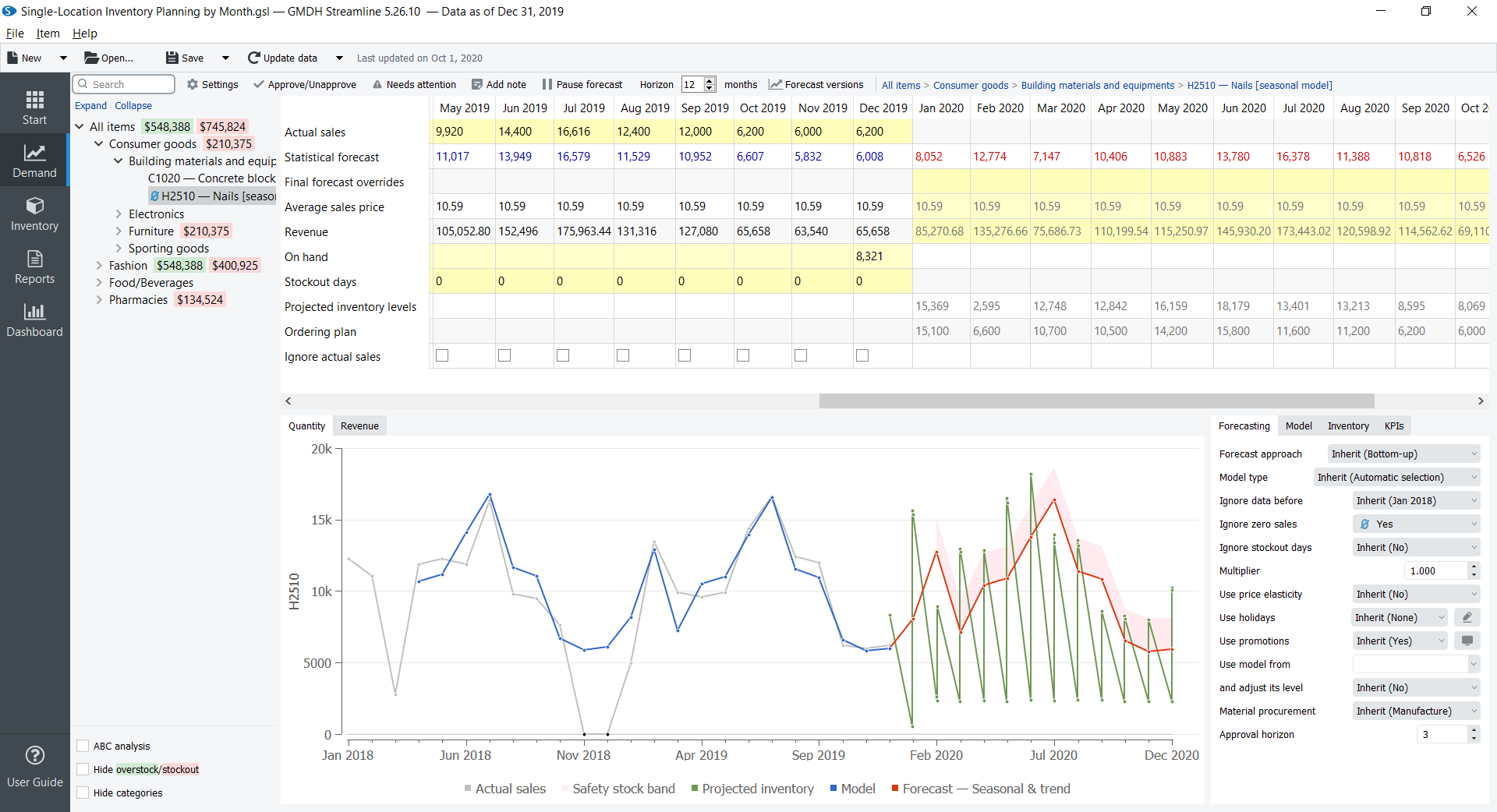

To copy all rows, press Ctrl + A and then press Ctrl + C.To copy a single row, click the row and then press Ctrl + C.To copy a single cell, double-click the cell and then press Ctrl + C.The text in the Data section can also be copied and pasted into a text document or a spreadsheet. Browse to the file and open it with a spreadsheet application or a text editor.Choose where the file should be saved and then click Export.After running the query and applying any filters, click the Export to.The next time the query is executed, the filters will be reset. When data is exported, only the filtered data that is currently visible in the table will be exported.Possible filters include is anything, is, doesn't equal, is in, isn't in, is empty, is not empty, begins with, ends with, contains, and doesn't contain. Click (Custom.) to add a custom filter to the results.Click an individual entry to show or hide it in the results.Click (All) to select or unselect all entries.The data returned from a query can be further filtered by clicking on the right side of any column header.Click the Save button on the module toolbar, or press Ctrl + S.To save a query for reuse, enter a name in the Name field.Because parameters require user input, queries with parameters cannot be used in the Schedule module.Because parameters don't have default values, any parameter used in the query will require a value to be entered (except for $TEXT).Use an underscore _ to display a space in the label. The text in the label can be modified to provide a more informative description.

Select * from part where datelastmodified between $RANGE around the label and not parentheses ( ). Below are some examples of queries that use parameters.


 0 kommentar(er)
0 kommentar(er)
